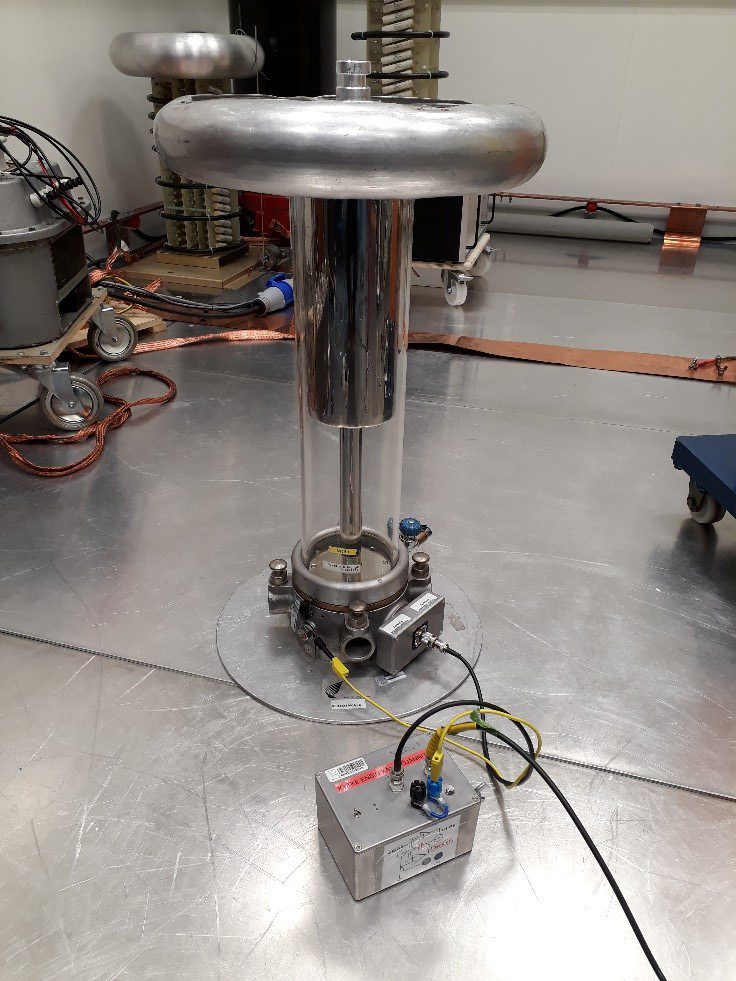Commercial LMS are widely used by High Voltage (HV) transformer and reactor manufacturers. Typical state-of-the-art accuracies in industrial loss measurements are in the range of 1-3 % for power factors down to 0.01, corresponding to an LMS uncertainty of 100–300 µW/VA. Driven by the Ecodesign Directive, utility companies are now calling for 3-5 % accuracies down to a power factor of 0.001, particularly for shunt reactors, requiring LMS uncertainties of 30-50 µW/VA.
New high-voltage measurement techniques including prototypes are being realised by this project that will allow this factor of 2–5 improvement in uncertainty with respect to the current state of the art. A further, major advantage of the new techniques is that they will allow three-phase loss measurement of reactors, resulting in significant time saving during tests.

Work has started on the development of an advanced industrial LMS to move the present 50 μW/VA uncertainty of the ELPOW project transformer loss measurement calibration setup from the NMI laboratory to the power transformer industry test floor. This will be a factor 2–5 improvement in total system uncertainty with respect to the current state of the art. Overall LMS system requirements have been defined based on existing literature and a questionnaire has been prepared to gain further insight on the stakeholder requirements concerning advanced LMS measurement range and accuracy.
Since the weakest point of the present industrial LMSs is in the voltage channels, two complementary HV measurement techniques have been designed: a new high-accuracy inductive voltage divider, and a capacitive divider with buffered output voltage. The capacitive divider has been realised and tested under reference laboratory conditions. Following the successful completion of these tests, the new voltage divider has been implemented in a test system of a reactor manufacturer, GE Grid Solutions Ltd and has been used to measure the losses of several reactors.